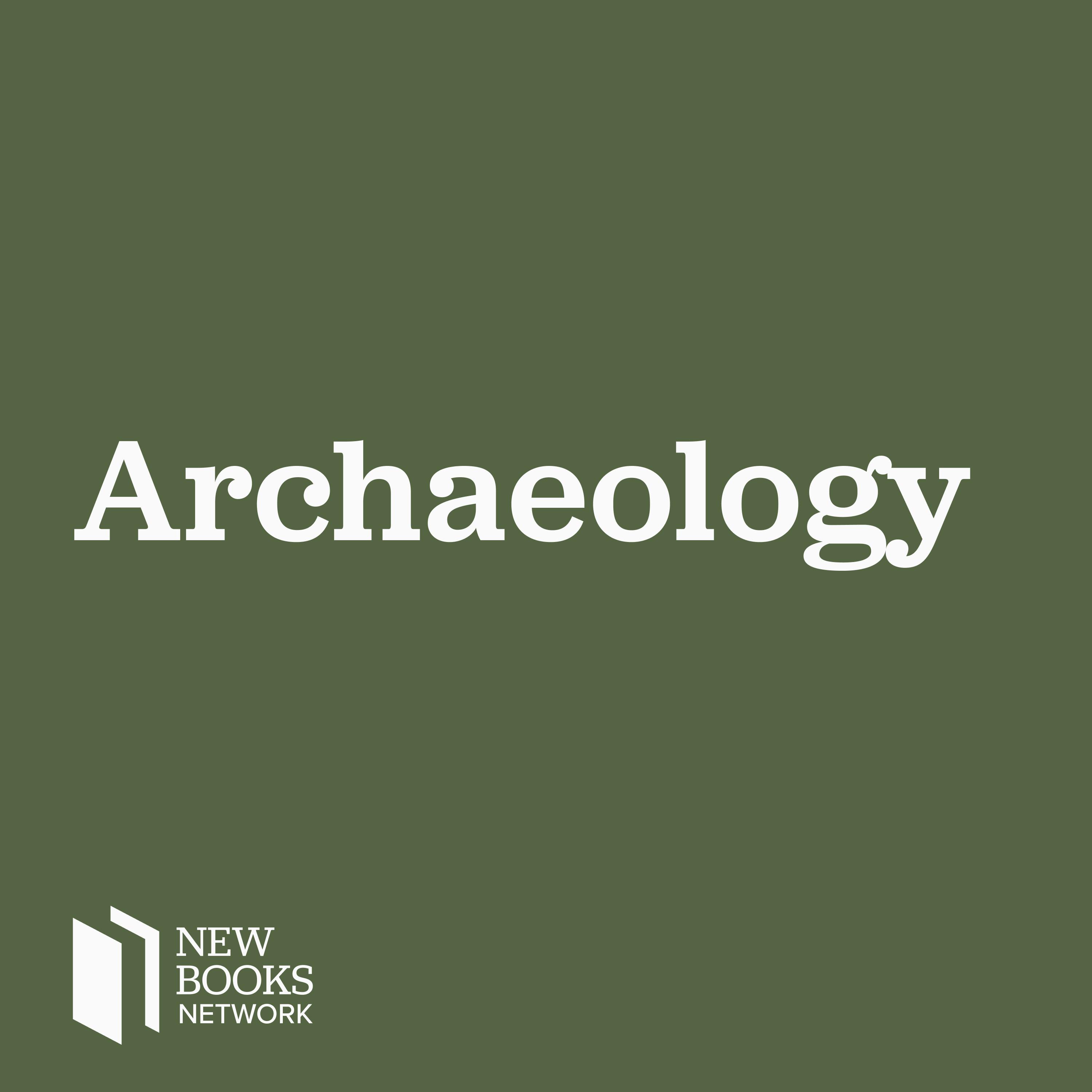Bob Brier, "Tutankhamun and the Tomb That Changed the World" (Oxford UP, 2022)
Description
It is often thought that the story of Tutankhamun ended when the thousands of items discovered by Howard Carter and Lord Carnarvon were transported to the Egyptian Museum in Cairo and put on display. But there is far more to Tutankhamun's story. Tutankhamun and the Tomb that Changed the World (Oxford UP, 2022) explores the 100 years of research on Tutankhamun that has taken place since the tomb's discovery: we learn that several objects in the tomb were made of meteoritic iron that came from outer space; new evidence shows that Tutankhamun may have been a warrior who went into battle; and author Bob Brier takes readers behind the scenes of the recent CAT-scanning of his mummy to reveal secrets of the pharaoh.
The book also illustrates the wide-ranging impact the discovery of Tutankhamun's tomb had on fields beyond Egyptology. Included is an examination of how the discovery of the tomb influenced Egyptian politics and contributed to the downfall of colonialism in Egypt. Outside Egypt, the modern blockbuster exhibitions that raise great sums of monies for museums around the world all began with Tutankhamun, as did the idea of documenting every object discovered in place, before it was moved. And to a great extent, the modern fascination with ancient Egypt--Egyptomania--was also greatly promoted by the Tutmania that surrounded the discovery of the tomb.
Learn more about your ad choices. Visit megaphone.fm/adchoices
Support our show by becoming a premium member! https://newbooksnetwork.supportingcast.fm/archaeology
More Episodes
Archaeology as a discipline has undergone significant changes over the past decades, in particular concerning best practices for how to handle the vast quantities of data that the discipline generates. As Shaping Archaeological Archives: Dialogues between Fieldwork, Museum Collections, and...
Published 05/19/24
Published 05/19/24
In Xiongnu: The World’s First Nomadic Empire (Oxford UP, 2024), Bryan K. Miller weaves together archaeology and history to chart the course of the Xiongnu empire, which controlled the Eastern Eurasian steppe from ca. 200 BCE to 100 CE. Through a close analysis of both material artifacts and...
Published 05/01/24


